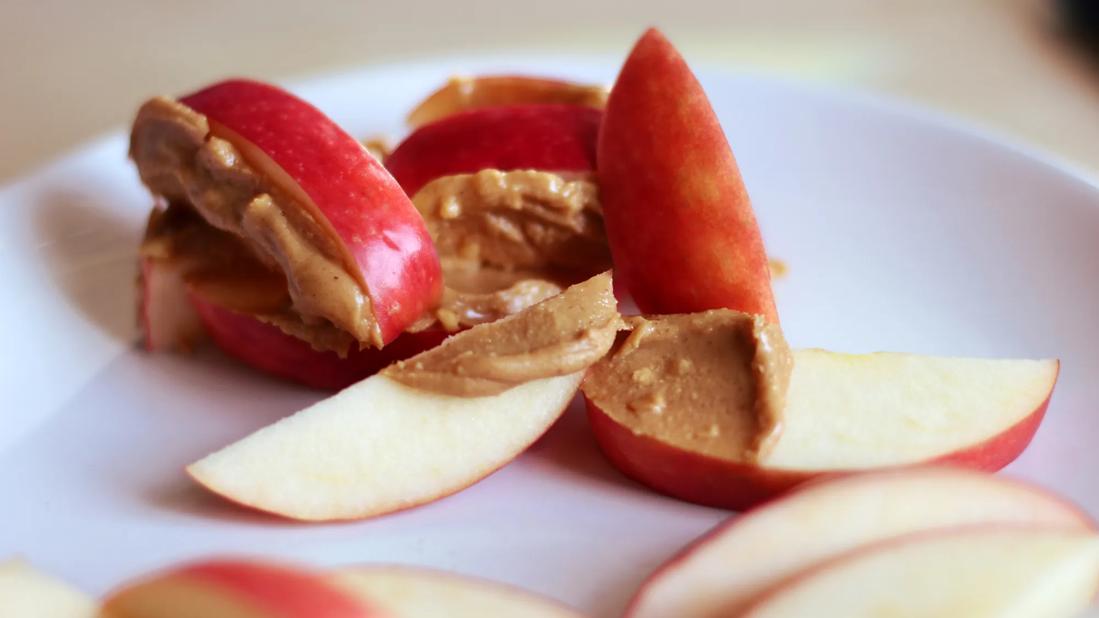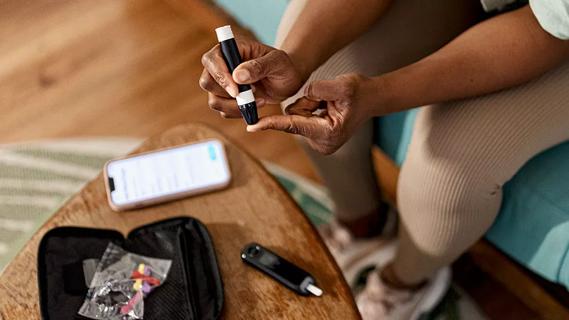Opt for foods that have a mix of protein, fiber and healthy fats

Having a snack can keep your hunger at bay while boosting your energy levels. But when you have Type 2 diabetes, having a balanced snack can help manage your blood sugar levels.
Advertisement
Cleveland Clinic is a non-profit academic medical center. Advertising on our site helps support our mission. We do not endorse non-Cleveland Clinic products or services. Policy
So, before you reach for the first thing you can find, read this primer on how to choose healthy snacks for Type 2 diabetes.
When it comes to snacking, opt for fruits and vegetables, whole grains, protein and healthy fats, says registered dietitian and diabetes educator Emma Rueth, RD, LD, CDCES.
“These types of food are more satisfying and they keep our blood sugar more stable,” explains Rueth.
A satisfying snack has a mix of protein, fiber and sometimes carbohydrates and healthy fats. This combination helps slow digestion and keep your blood sugar more stable, which keeps you more satisfied.
Fruits and vegetables can be a great source of vitamins, minerals, antioxidants and fiber, which can help manage hunger, blood sugar and cholesterol. Pair fruits and vegetables with protein for a well-rounded snack.
Balanced snack options with fruit include:
Balanced snack options with vegetables include:
Whole grains provide many healthy nutrients, like carbs and fiber. Choosing carb sources with fiber helps reduce your blood sugar spike and increase satiety.
Advertisement
Balanced whole grain snack options include:
Protein helps you feel full and satisfied. Including protein in your snacks can help manage your blood sugar levels.
Protein snack options include:
You can add nuts to your snack, but Rueth says you can also eat nuts by themselves for a healthy snack because they contain protein, healthy fats, vitamins and minerals.
Nut snack options include:
But portion control is key here, especially because many nuts are high in calories. Aim for about a 1-ounce serving or 1/4 cup.
When thinking about snacks, consider limiting the following:
Rueth offers some more advice on how to build a healthy snack:
Advertisement
Learn more about our editorial process.
Advertisement

Pack extra medication and supplies, bring healthy snacks and set reminders

Use the ‘plate method’ to create a meal with non-starchy vegetables, lean proteins and carbs

Type 1 diabetes happens when your body doesn’t make insulin, while Type 2 happens when your body can’t use insulin properly

Keto can reduce blood sugar, but that doesn’t mean it’s right for everyone

Taking a smaller dose than what your doctor recommends isn’t a good idea

Hot, humid weather can affect your blood sugar levels and even cause dehydration or heat stroke

One is a supplement, the other is a prescription medication — both may be useful in managing Type 2 diabetes, but one has more research

Lead with empathy, involve other caregivers, and teach them how insulin helps them live a long and healthy life

The ‘sunshine vitamin’ is found naturally in some fish and is added to other foods

Autism and ADHD often go hand in hand, giving rise to the term AuDHD

The Yuzpe regimen is less effective than other forms of emergency contraceptives, and it’s associated with more side effects